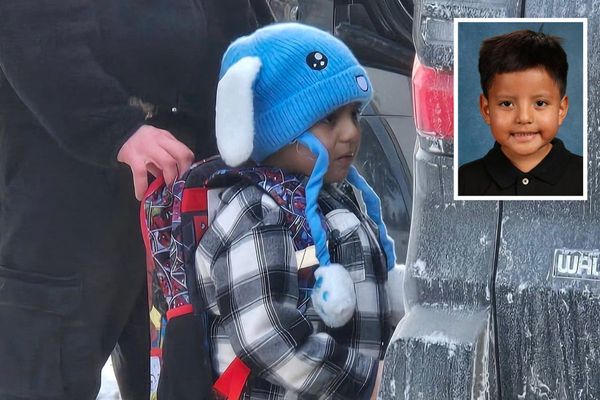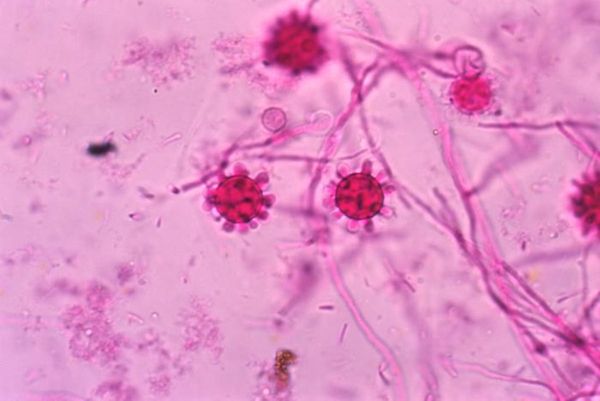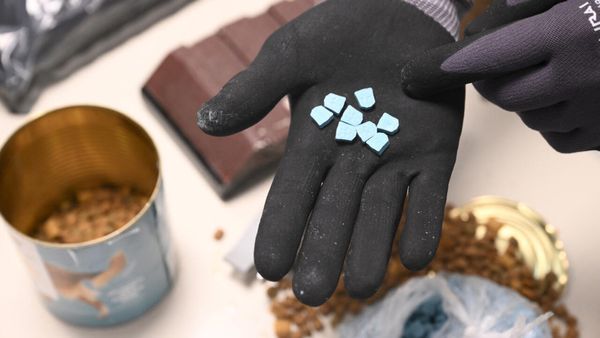
It seems like a long time ago now, such has been Toyota’s recent domination of the event. But prior to its breakthrough in the 2018 edition of the Le Mans 24 Hours, mention of the Japanese manufacturer was often followed by reference to its ‘curse’.
Toyota’s late failures at the world’s most famous endurance race used to be an annual talking point, and began with the misfortunes of the privateer SARD team in 1994 when seemingly on course for a poignant victory. Yet unlike other fateful conclusions in 1998, 1999 and 2016, not to mention the 2014 disappointment of a melted loom in an FIA sensor, the 62nd edition of the race would at least end with the unfortunate Toyota crew enjoying a champagne shower.
The loss of SARD team regular Roland Ratzenberger at Imola earlier that year meant Jordan grand prix driver Eddie Irvine was drafted into the lineup alongside Mauro Martini and Jeff Krosnoff, who had previously shared a TWR Jaguar XJR-12 at Le Mans in 1991 during a season as team-mates aboard an XJR-11 in Japan’s Group C championship. They had also spent two seasons together with the Suntec Lola team in the national Formula 3000 series and collaborated in Group A touring cars.
The unforgiving 94C-V was qualified fourth by Martini, but moved into the lead after both Courages including polewinner Alain Ferte, were sidelined by engine failure, the Trust Toyota that featured perennially unfortunate Bob Wollek broke an undertray after relentless bottoming out and the Dauer Porsches suffered delays. But Le Mans rarely sticks to the script, and a dream win to honour Ratzenberger would be snatched away 90 minutes from the finish when Krosnoff stopped in front of the pits. What happened next became a part of Le Mans folklore.
“In a flash the American was out of the car, running around to the back,” reported Adam Cooper in Autosport. “His hand disappeared under the rear bodywork before he jumped back into the cockpit and headed off towards the Dunlop Bridge. He had selected third gear from the back of the car to get back to the pits.”
The 13 minutes lost to replacing the broken gear linkage meant Irvine rejoined third, but he retook second on the penultimate lap from Thierry Boutsen’s Dauer Porsche. To Martini, the result would not have been possible without Krosnoff’s heroics. He’s certain that the car would have retired had the Californian not been aboard at the time.

“I couldn’t definitely push the car in gear as he made, it was fantastic,” laughs Martini. “I don’t know many drivers that can do what he did in ’94. We were supposed to win that race easily but we finished second, it’s better than nothing.”
Let alone his favourite team-mate, Martini regards Krosnoff as “the best guy I met in motor racing”. The Italian’s friendship with Krosnoff, who was killed in an Indycar crash at Toronto in 1996, had been forged since their arrival on the Japanese scene for 1989 and only deepened as they spent years training, eating and socialising together in pre-internet Tokyo. To Martini, the older by four months of the pair born in 1964, Krosnoff was “like a brother”.
“We were living together basically,” says Martini, who believes they “would have been friends even out of motor racing”.
After each had marked their 1989 F3000 rookie seasons with a podium, they teamed up for 1990 but results were mixed as Suntec’s Dunlops were “just a little step behind” Bridgestone in the development race. Still, Martini won at Sugo and bagged third in the points while Krosnoff managed two podiums.
"Working for the development of tyres and mechanical, he was better than myself. You don’t have only to drive, you have also to understand how to improve your equipment" Mauro Martini
However, results were few and far between in 1991 and they had to go their separate ways to find success. Joining the Nova team to run Bridgestones for 1992, Martini became the first foreign driver since Geoff Lees in the 1983 Japanese Formula 2 championship to win the country’s premier single-seater title, while Krosnoff took his best result of second at Mine in 1993, fittingly, by finishing second to Martini.
Martini believes that both he and Krosnoff fell into the category of drivers that had to work at their craft before getting on par with those who were quick straight out of the blocks. Where his Nova team-mate in 1992 and 1993 Heinz-Harald Frentzen fell into the first category, “we were both in the second group”.
“We needed to train to understand, but we could reach the top maybe better than the first group,” he says.
Martini believes Krosnoff was “much better in prototypes” than in single-seaters. Although the results weren’t standout, the Suntec-financed Jaguar managing a best result of sixth at Sugo in 1991, Krosnoff impressed enough to earn a works Nissan drive for the following year. The two friends also combined with Volker Weidler to race a Nova Nissan R91CK in the 1992 Daytona 24 Hours, where myriad issues including shedding a wheel, a faulty master cylinder and braking system problems limited them to eighth as the NISMO-run Nissan of Japanese rivals Kazuyoshi Hoshino, Toshio Suzuki and Masahiro Hasemi clinched victory.

“When the car was set-up properly, we always appreciated the same way [on set-up],” says Martini. “I don’t remember any moment where we decided to go in a different way. We never had any particular problems to decide about what tyres to use, what set-up to use, what tactics to use in the race, so the decisions were very easy between us.”
Their respective skillsets also complemented each other well, with Martini noting Krosnoff’s strength in development and mechanical sympathy that came to the fore at Le Mans in 1994.
“From that point of view, he was better than me, definitely,” he says. “I was quicker than him, but working for the development of tyres and mechanical, he was better than myself. You don’t have only to drive, you have also to understand how to improve your equipment.”
They raced together once more at Le Mans aboard a Supra GT car in 1995 before Krosnoff got his big break to head to Indycar. Martini had planned to link up with Krosnoff in Indycar racing in 1997 and had held discussions with his Arciero-Wells team about racing a second car. But, he says, “I didn’t want to go in the US without Jeff”.
Krosnoff’s death had a profound impact on Martini. He found the loss of his friend “really tough to accept” and admits today it was “one of the reasons why I gave up one year later”.
“It was 27 years ago but, when I think about it, I still become very sad,” he says. “He was a very nice guy.”
Martini made three appearances for Lotus in the FIA GT championship, then after returning to Japan to make a one-off Formula Nippon outing at Fuji in 1997 called time on his career.
“I couldn’t stand it anymore,” says Martini, today a passionate cyclist who reckons he clocks up 30,000km per year on the saddle. “After that accident I decided to give up.”








